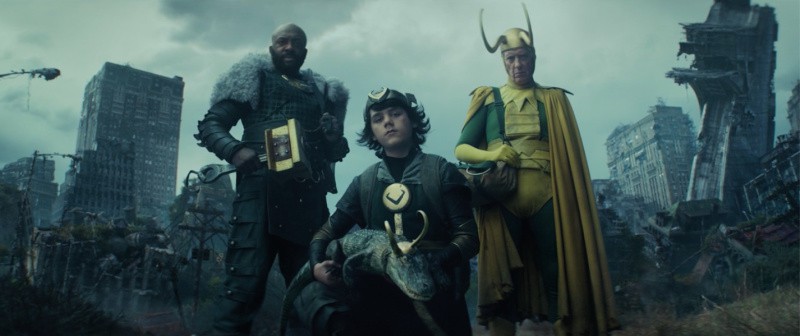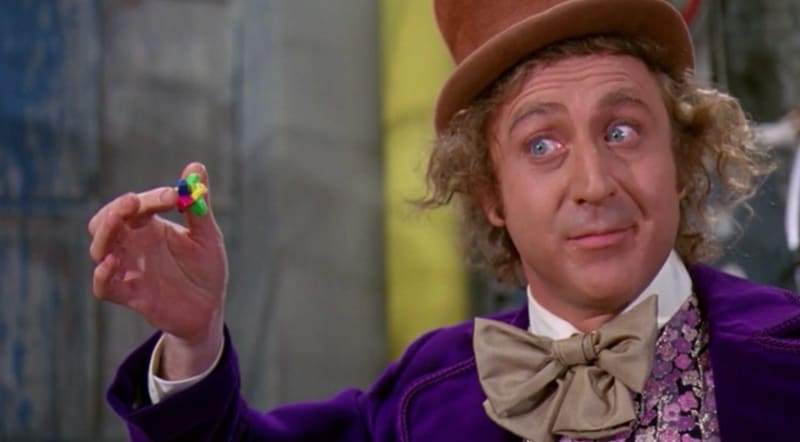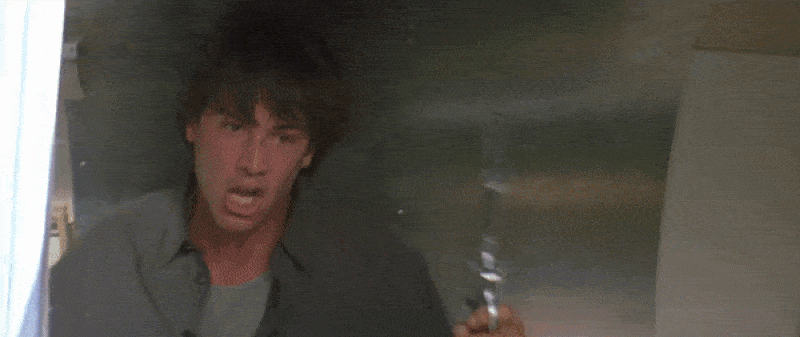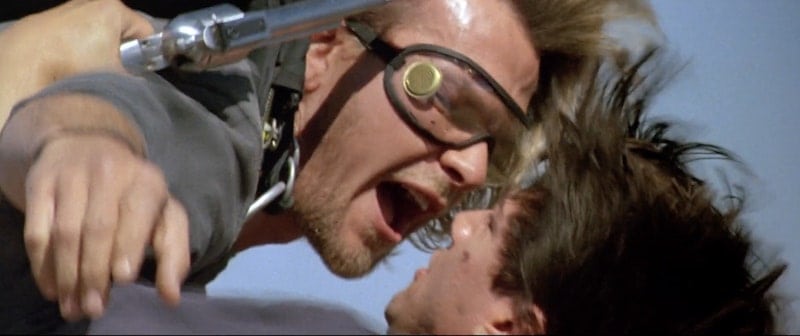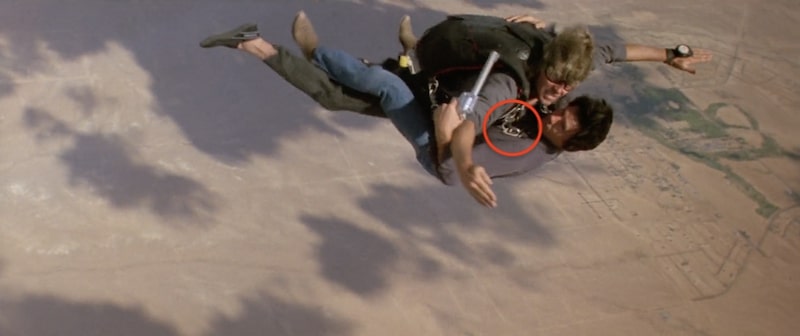Before the recession of 2020, the last worst Great Recession this country had ever experienced was the 2008 financial crisis. Amidst that backdrop — the exposure of reckless banking practices that introduced the world to the phrase “subprime mortgages” — a show called Leverage premiered on TNT. Its premise was simple: a caper drama with a bulls-eye on corporate America. Public sentiment toward Wall Street had soured. Given how loathe television at the time was to talk about economic inequality, a show centered on the good fight against corporate greed stood out. Sure, it helped to have an attractive and comedically gifted cast pulling off the heists together, but the real allure of a show like Leverage is who it aimed at (The Man) and who it stood up for (the little guy).
Leverage managed to mine the inequality gap for five seasons worth of heists from 2008-2012, ending with a series finale in which partners-in-crime-turned-partners-in-life Nate Ford (Timothy Hutton) and Sophie Devereaux (Gina Bellman) passed the torch to the younger remaining members of their heist team (publicly known as Leverage Consulting & Associates); Alec Hardison (Aldis Hodge), Parker (Beth Riesgraf), and Eliot Spencer (Christian Kane). It was intended to be the end of the road, but now, nearly a decade later, the show has been reborn as Leverage: Redemption. The first eight episodes of the revival air on July 9 on IMDb TV, with the second half slated for the fall. Nearly all members of the core acting ensemble returned — Hutton, who faced sexual misconduct allegations in 2020, did not. His absence was the first test for the revival as Nate is the person who first assembled the team and, as the so-called “mastermind,” the presumed heart and mind of their operation.
So, what to do with the mastermind-shaped hole in the show? Kill him off and promote Sophie to the role of elder stateswoman. In the first episode of the revival, the other team members gather for the one-year anniversary of Nate’s death and realize that Sophie is grieving, listless, and in need of distraction. Distracting Sophie becomes the reason to reassemble the old gang and return to heisting. And just like that, the revival rationalizes its existence. It’s a natural fit for Sophie to take over as mastermind, not because she is Nate’s late wife but because Sophie was always second in command anyway. She’s a career con artist with a vast knowledge of grifts, a knack for big-picture thinking, and season after season, it was her emotional intelligence that kept the team together when petty infighting or loner tendencies threatened to break them up. Also, as the success of the John Wick franchise proves, the “badass coming out of retirement” concept is a crowd-pleaser.
Leverage: Redemption isn’t afraid to acknowledge time. We aren’t picking up right where we left off. Parker has matured (she’s in therapy) but not much (she’s seeing a child psychologist because she likes the puppets), Hardison leads his own company (Leverage International), and Eliot knows he’s more than a hitter. This natural maturation and reworked group structure are one of a few things that have changed on a show that largely sticks to what it’s good at in its second act.
Other changes include moving the base of operations from Boston to New Orleans and adopting two new crew members. While Hodge isn’t there for all the fun (“Dammit Hardison!”), Hardison is there in spirit as the connective tissue between new cast member Aleyse Shannon — who plays his foster sister and gifted hacker Breanna Casey — and the OG crew. Breanna is the youngest team member, and her perspective helps revitalize the team by confirming a suspicion: the world has gotten even worse since they hung up their (off-)white hats. “I’ve lived through endless war, two economic collapses, and the return of actual Nazis,” Breanna explains to Parker. “I’m kind of ready to kick [the world] in the junk.” Noah Wyle also stars as corporate fixer Harry Wilson, a man seeking redemption for a life spent on the wrong side of the law. It’s a testament to their chemistry that after so long apart and with two new additions, the Leverage crew fits back together seamlessly.
Chris Downey, a co-creator of the original series and consulting producer on this one, was aware of the limitations of a heist show during Leverage’s original run. In an interview with Film Review Online, he explained, “If we had an actual con man sitting here, he would tell you there are really only four cons, so the challenge of the show is finding ways to put those cons in the context of a setting where it seems fresh.” The original series managed this by keeping to a breakneck speed, building an ensemble that bounced off each other naturally, and getting very creative (“Let’s go steal a mountain”) and often very silly (“Let’s go steal a country”) with the cons.
Thankfully, the revival knows exactly what we want out of it: cooperation between a crew of disparate but somehow harmonious personalities, a Robin Hood ethos, and the heist-of-the-week format from the original series, which was playfully acknowledged by the series’ episode title format “The [Blank] Job” (episode one of the revival is “The Too Many Rembrandts Job”). In its previous incarnation, the show’s heists went after the unethical business practices of a big-box store, a hedge fund manager who gets let off too easily for stealing money from his clients, child kidnappers, and the VP of a food company who decides a lawsuit would cost less than recalling the contaminated food he’s selling to the public. The revival continues this tradition of landing comeuppances on those who prey on the vulnerable with new targets like an old-money billionaire with ties to Big Pharma who made a mint off of an opioid crisis not unlike (but for legal reasons not like) the infamous Sackler family. Executive producer Dean Devlin has stated the premise of the revival differs from the original series. “Leverage centered on a crusade to avenge the death of a child,” he said to Deadline, “this series is propelled forward as a redemption story of misdeeds that need amends.” While the first eight episodes certainly confirm this agenda, the original show and this new imagining are fundamentally about the same thing: righting wrongs.
The most satisfying part of the new series is the return of the nonsensically high-level skill display of each specialist on the team; the hacker, the hitter, the thief, and the grifter. Leverage’s other co-creator John Rogers is credited with coining the term “competence porn,” a phrase that describes the unique rush of watching highly skilled people do what they are skilled at. Rarely do viewers worry that the Leverage team won’t pull off a con. The thrill comes from seeing it in action. Watching Parker crack an uncrackable safe, or Eliot spar with and defeat five hired guns, or Sophie use her acting skills to grift people out of oodles of money. The Leverage team is so in sync it can regroup mid-con when unforeseen complications arise (there’s always a plan B or M), and the delight comes from watching what they can achieve together. After five years and another almost decade off-screen in the show’s canon, the crew is at the top of their game.
As a revival, Leverage: Redemption has the opportunity to essentially re-pilot: introduce and train new members, set up new problems, etc., while also re-establishing the familiar and beloved tone of the show. There are a few surprises, but for fans of the original series, this will feel like hitting the refresh button on a page they already know and love. We see the newly expanded team work through the growing pains of building and shifting relationships and are reminded why the found family dynamic of the series works so well. The team’s newest members have awe in their eyes while watching the OG crew work, like children watching someone pulling off a successful magic trick. Because that’s what the heists on this show are, a visual card trick. They deal in misdirection and sleight-of-hand. You never want to know how they did it. You just like to watch. The cons are as theatrical as ever, but they, and the show, go down so easy thanks to the signature planning montages and bouncy but non-descript jazz music. Sprinkling in new players and set pieces while maintaining the structural integrity of the original series allows this revival to keep a pace that is somehow both thrilling and comfortable.
Capers can be many things, sexy (The Thomas Crown Affair), tense (Inside Man), fun (Ocean’s Eleven). Leverage: Redemption proves they can be all those things in one while also being righteous. The revival is undoubtedly targeting the avid fan base from the original series, but it is also well-attuned to the zeitgeist. The fiendish reaction to NBC’s Good Girls and Netflix’s Lupin shows that audiences still crave capers, especially when they punch up. And this show is very aware of that. “We’re not heroes,” Sophie explains, “we’re just…necessary.”
